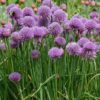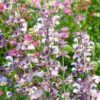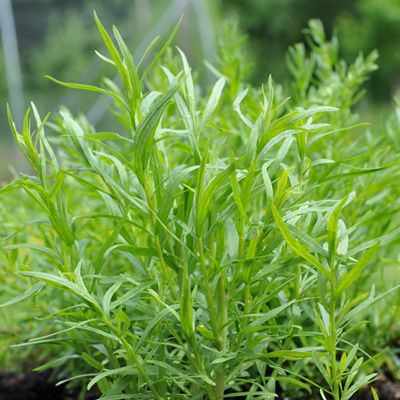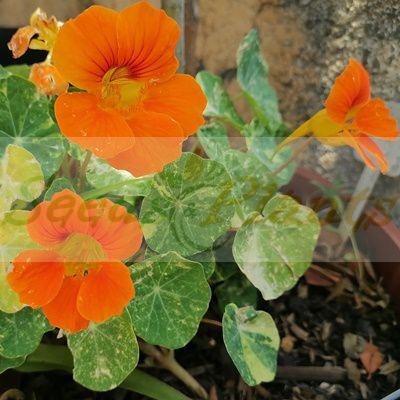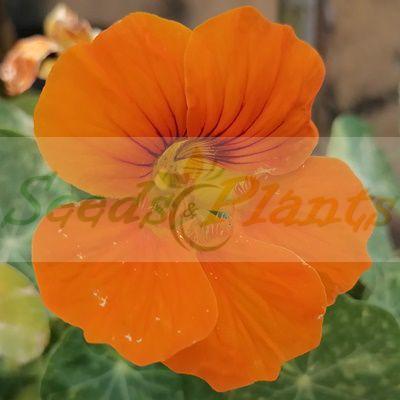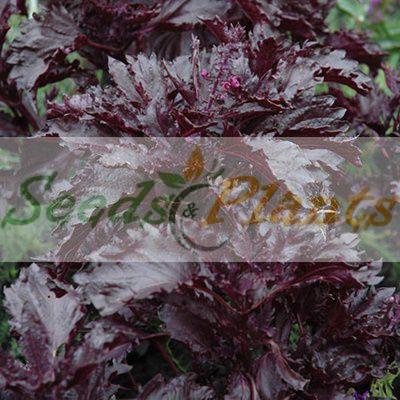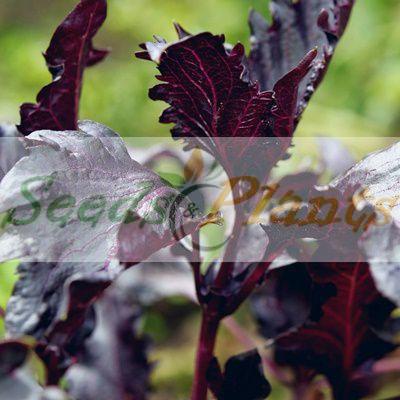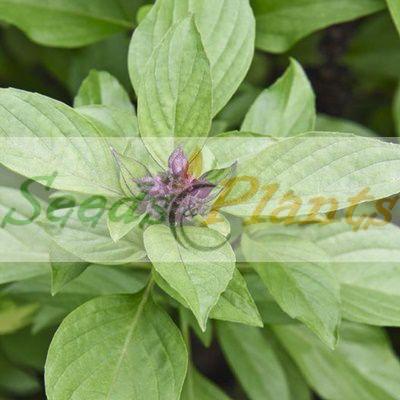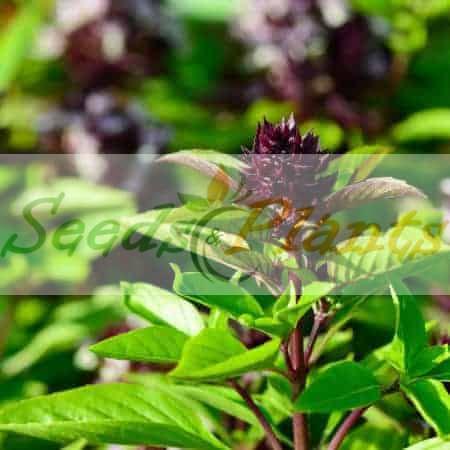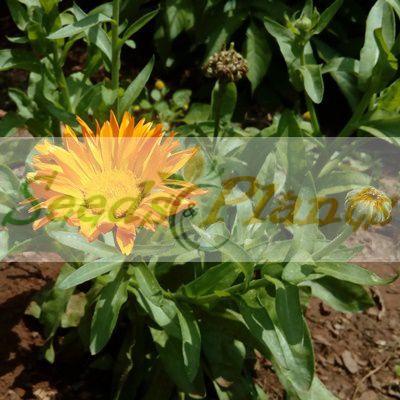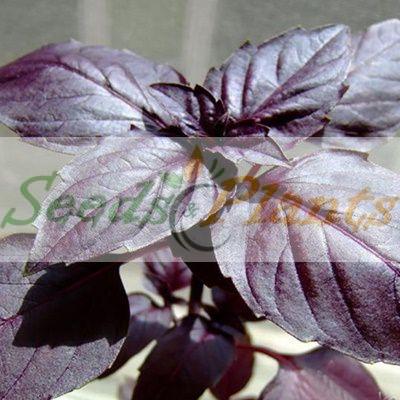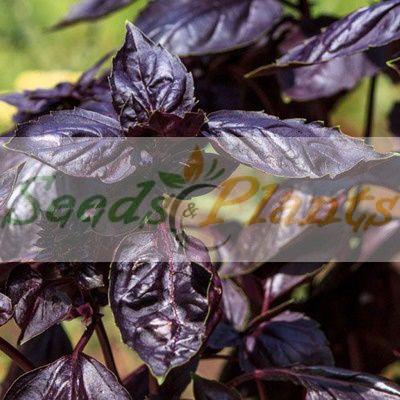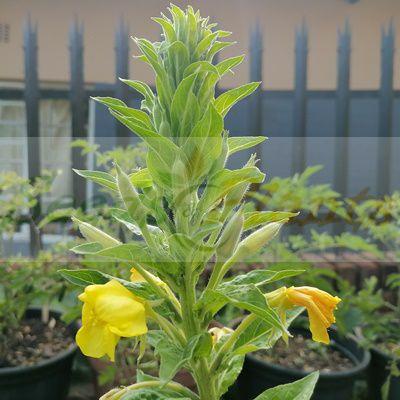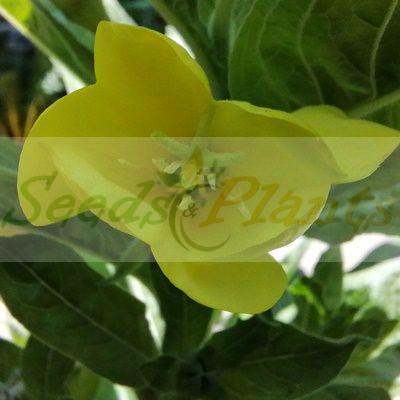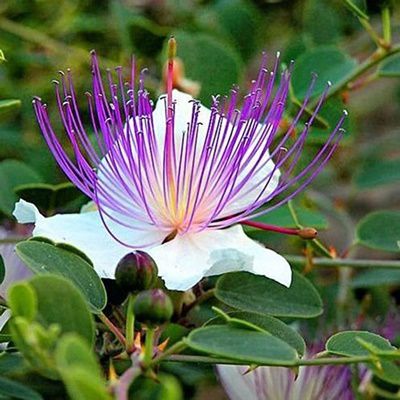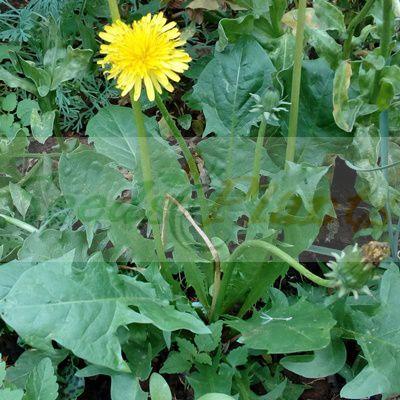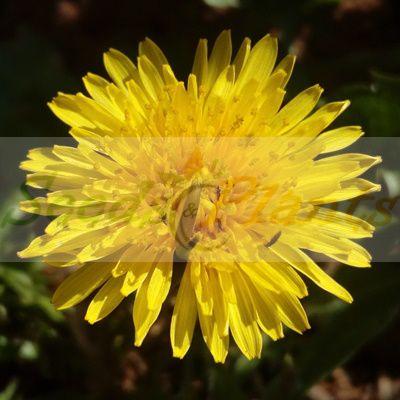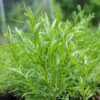🍃 Culinary Quick Facts
Culinary Info
- 🌍 Origin / Region: Eastern Europe, Northern Asia
- 🍽️ Culinary Use: Cooking, Marinades/Dressings, Raw Eating, Rubs, Salads, Sauces
- 🥗 Edible Part: Flower, Leaf, Seed, Stem
- 😋 Flavor Profile: Anise-like, Earthy, Grassy, Licorice-like, Slightly Bitter
Medicinal Info
- 🌿 Medicinal Part: Leaf, Stem
- 🍵 Herbal Preparation: Extract / Tincture, Infused Oil, Infusion / Tea, Poultice
- ⚕️ Healing System: Ayurvedic System of Medicine, European Traditional Medicine, Unani System of Medicine
Growth Traits
- 🌱 Life Cycle: Perennial
- 🌾 Plant Type: Herbaceous Perennial
- 🦋 Pollinator Method: Attracts Bees, Attracts Butterflies
- 🪴 Growth Habit: Clumping, Upright
- 🌸 Flower Color: Greenish yellow, Yellow
Growing Requirements
- 🌞 Sun Exposure: Full Sun, Shade
- 💧 Water Needs: Avoid Overwatering, Moderate Water, Water Deeply
- ☀️ Growing Conditions: Cold Tolerant, Drought Tolerant, Frost Tolerant, Moderate Heat Tolerance, Not Humidity Tolerant
- 🟤 Soil Preference: Loam, Poor Soil Tolerant, Sandy loam, Well-Drained
Russian Tarragon – 100 Seeds
(Artemisia dracunculoides Pursch)
R30.00
This highly prized herb is used in Hollandaise, Tartar and Béarnaise Sauce. A hardy plant that prefers poor soils and can cope with a bit of neglect.
Common Names: Russian Tarragon, Estragon and Wild tarragon.
Indoor Sowing: Early Spring.
Direct Sowing: Spring.
In stock
🍃 Culinary Quick Facts
Culinary Info
- 🌍 Origin / Region: Eastern Europe, Northern Asia
- 🍽️ Culinary Use: Cooking, Marinades/Dressings, Raw Eating, Rubs, Salads, Sauces
- 🥗 Edible Part: Flower, Leaf, Seed, Stem
- 😋 Flavor Profile: Anise-like, Earthy, Grassy, Licorice-like, Slightly Bitter
Medicinal Info
- 🌿 Medicinal Part: Leaf, Stem
- 🍵 Herbal Preparation: Extract / Tincture, Infused Oil, Infusion / Tea, Poultice
- ⚕️ Healing System: Ayurvedic System of Medicine, European Traditional Medicine, Unani System of Medicine
Growth Traits
- 🌱 Life Cycle: Perennial
- 🌾 Plant Type: Herbaceous Perennial
- 🦋 Pollinator Method: Attracts Bees, Attracts Butterflies
- 🪴 Growth Habit: Clumping, Upright
- 🌸 Flower Color: Greenish yellow, Yellow
Growing Requirements
- 🌞 Sun Exposure: Full Sun, Shade
- 💧 Water Needs: Avoid Overwatering, Moderate Water, Water Deeply
- ☀️ Growing Conditions: Cold Tolerant, Drought Tolerant, Frost Tolerant, Moderate Heat Tolerance, Not Humidity Tolerant
- 🟤 Soil Preference: Loam, Poor Soil Tolerant, Sandy loam, Well-Drained
Russian Tarragon (Artemisia dracunculoides Pursch). Similar to French tarragon, but producing a more vigorous plant. Russian Tarragon produces branching stems of lance-shaped, aromatic foliage. This perennial with long, thin leaves is native to Central Asia (mainly Siberia) and can reach a height of 40 to 150 cm.
Sometimes called Wild Tarragon is a member of the lettuce family and is closely related to anise, and like anise has a somewhat licorice-like taste. Russian Tarragon has lighter green leaves than French Tarragon.
The flavour of Russian Tarragon may not be so pronounced as its French counterpart but is it is a much more hardy plant that prefers poor soils and can cope with a bit of neglect. It produces lots of leaves, which can be used for a milder flavor. The plant divides easily and can be grown easily from seed.
Russian Tarragon Culinary Uses
- The leaves are used raw or cooked in fish, chicken and potato dishes.
- Seed is used raw or cooked.
- In French cooking, it is usually paired with chives and becomes a fine herbes mix.
- This highly prized herb is blended into Hollandaise, Tartar and Béarnaise Sauce.
- A few leaves shredded into scrambled egg raise this simple dish to a new level.
Russian Tarragon Medicinal Benefits
- Tarragon is used to treat digestion problems, poor appetite, water retention, and toothache; to start menstruation; and to promote sleep.
Growing Russian Tarragon
Indoor Sowing: Early Spring.
Direct Sowing: Spring.
- Start seedlings indoors in Early Spring or direct sow in Spring.
- Surface sow the Russian Tarragon Seeds and then lightly cover with a very thin layer of soil. The seeds should be no more than 1 – 2mm below the soil surface.
- Make sure that the growing medium remains moist, but not drenched
- Germination in about 7 to 14 days.
- When the seedlings are large enough to handle, they can be planted out or potted on.
- Transplant the plants outdoors once established, after the last frost date. Space 20cm between each plant.
- Tarragon is one herb that tends to do better in the ground than in pots. When planting in the ground, choose a sunny well-drained location.
- Plants benefit from a good fertilizing at the start of the growing season.
- Regular using and cutting of plants early in the season develops a desirable compact growth habit.
- Tarragon’s roots will tightly intertwine and it can choke itself out if not divided every one to two years.
- In the winter cut plants down to the ground to induce fresh growth.
Can this plant be used for culinary purposes?
Russian Tarragon is traditionally used for culinary purposes such as cooking and marinades/dressings.
Does this plant have medicinal uses?
Traditionally, Russian Tarragon has a history of use in various healing systems, including Ayurvedic System of Medicine and European Traditional Medicine. Seeds are sold for cultivation purposes only.
Disclaimer
Medicinal Information:
All medicinal information on this website is for educational and informational purposes only and may not be construed as medical advice. The information is not intended to replace medical advice or treatment offered by healthcare professionals.
Seeds, Plants, Plant Cuttings, Geophytes and Dried Herbs:
In some countries and provinces, certain plants are deemed as invasive and are not allowed to be planted at all, whilst some plants are allowed to be grown only in certain areas or provinces. The onus is on you as the buyer to familiarize yourself with the regulations pertaining to your location, before purchasing any of our seeds, plants, plant cuttings, geophytes or dried herbs. We will not be held liable, should you purchase any seeds, plants, plant cuttings, geophytes or dried herbs. from us which are prohibited in your country or province.

